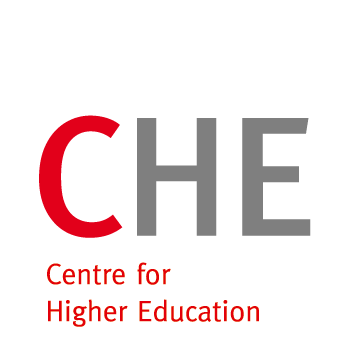
The third mission, i.e. activities of universities that go beyond traditional research and teaching, is currently supported by the federal government in six funding lines. With 146 institutions, around a third of all German universities are involved in these programmes. The University of Bremen is the university with the most participation in third mission funding programmes. Bremen and Mecklenburg-Western Pomerania have the highest proportion of funded universities in the federal state. This is shown by a DatenCHECK study by the CHE Centre for Higher Education Development.
In addition to teaching and research, the so-called third mission is becoming increasingly important. It comprises activities that involve a two-way exchange between universities and business, society and politics. This includes a wide variety of projects, such as collaborations with local authorities, formats such as citizen science or support for start-ups.
Federal policy currently supports third mission measures as part of six different funding programmes. These include Startup Factories, Innovation Communities, Innovative University, T!Raum, WIR! and Gesellschaft der Ideen.
The funding lines support a total of 146 universities and thus one third of all German universities – excluding university hospitals. Two other funded universities are based in the Netherlands. This is shown by an analysis carried out by the CHE as part of a DatenCHECK. Universities are not only taken into account if they are the main applicant, but also if they are listed as a relevant partner in an application. All university participation in all funding lines can be found in interactive maps on the hochschuldaten.de portal (German).
With five participations in third-mission funding lines, the University of Bremen has the most in Germany. The university is an applicant in the Startup Factories programme, as well as in two T!Raum initiatives. It is a member of two Innovation Communities teams.
North Rhine-Westphalian universities are represented in a total of 36 projects in five of the six funding lines analysed. In Saxony, 20 projects are being carried out with the participation of the universities there. Berlin follows with 19 projects.
If the number of universities receiving funding is compared to the total number of universities in the federal state, Bremen and Mecklenburg-Western Pomerania have the highest percentages. In both states, 71 per cent of universities receive federal funding in the third mission area.
‘The current federal funding lines in the area of third mission are of essential importance for universities,’ summarises Isabel Roessler. ‘As central players in the innovation ecosystem, they can create direct added value for society and at the same time consolidate Germany’s importance as a centre of innovation,’ says the expert for third mission at CHE.
About the DatenCHECK on hochschuldaten.de:
The CHE’s DatenCHECK contains a brief evaluation and graphic illustration of the results on the topic: universities successful in Third Mission funding. The basis is an evaluation of the funding programmes of the Federal Ministry of Education and Research and the Federal Ministry of Economics and Climate Protection by the CHE (as of June 2024). Isabel Roessler is the author of DatenCHECK 3/2024 ‘Successful universities in third mission funding’. The DatenCHECK is part of the portal www.hochschuldaten.de, where CHE provides extensive university data.
